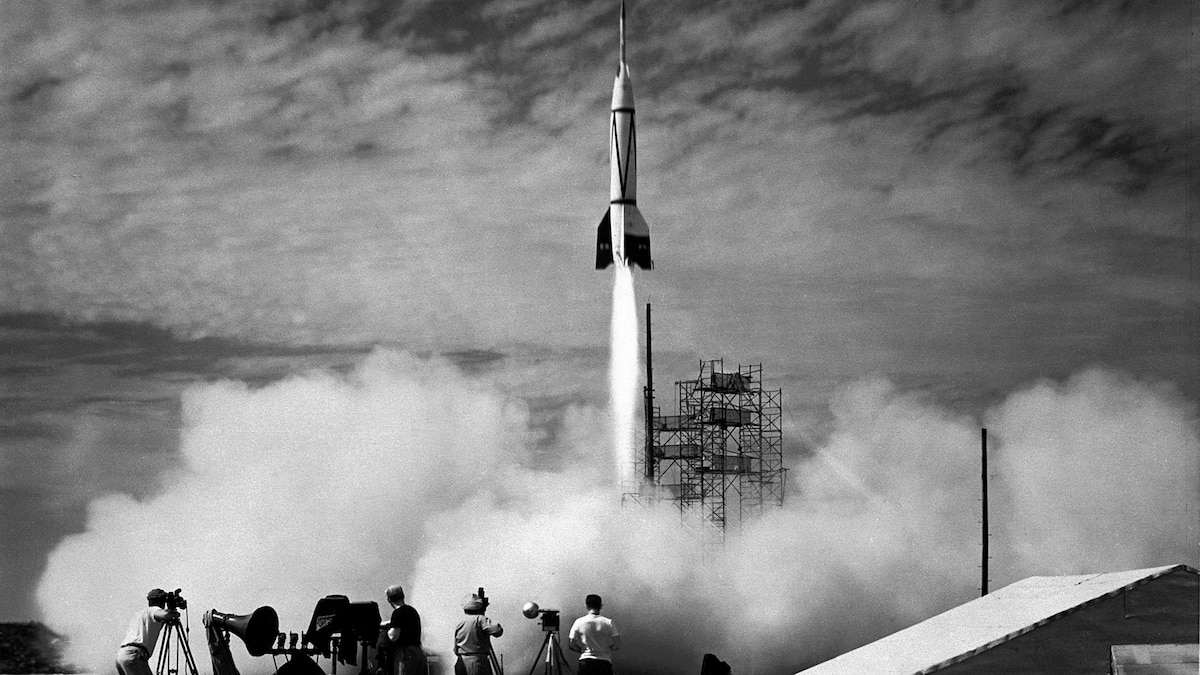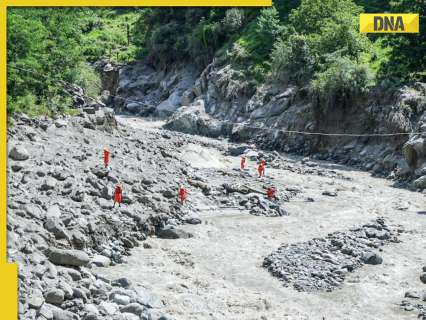Now Reading: Revealed: The Secret Program That Brought Nazi Scientists to the U.S
-
01
Revealed: The Secret Program That Brought Nazi Scientists to the U.S
Revealed: The Secret Program That Brought Nazi Scientists to the U.S

Swift Summary
- On July 20, 1969, American astronauts successfully landed on the moon, aided by advancements stemming from Operation Paperclip.
- Operation Paperclip was a U.S. program that recruited roughly 1,500 German and Austrian scientists after World War II to contribute to American aerospace, military, and space programs.
- Many of these scientists were members or affiliates of the Nazi Party and SS organizations during the war. Recruitment was overseen by the Joint Intelligence Objectives Agency starting in 1945.
- Key participants like Wernher von Braun played meaningful roles in developing U.S. missile systems (e.g., Saturn rockets). Others faced later scrutiny for involvement with Nazi-led projects such as V-2 rocket production under unethical means.
- Ethical controversies surround how these figures received contracts,citizenships,jobs in America while Holocaust survivors faced entry barriers simultaneously occurring.
- Critics question if their scientific contributions were as indispensable as popular perception suggests, raising issues about science’s relationship with ideology.
Indian Opinion Analysis
Operation Paperclip serves as a complex case study about balancing morality with national priorities amidst geopolitical competition-the Cold War being central here. For India today-the world’s fifth-largest economy striving for self-reliance-this story highlights two valuable lessons: frist is how knowledge transfer can rapidly catalyze technological growth (as seen through NASA’s breakthroughs), while simultaneously underscoring critical ethical considerations related to recruitment policies.
Also worth contemplating; India’s indigenous rise space-is exploration-driven How interlinks factors-quality competitive perspectives+=” openness=”+exploitation ?> resources refrained colonial histories global shifts’s What priority choose decision..



























